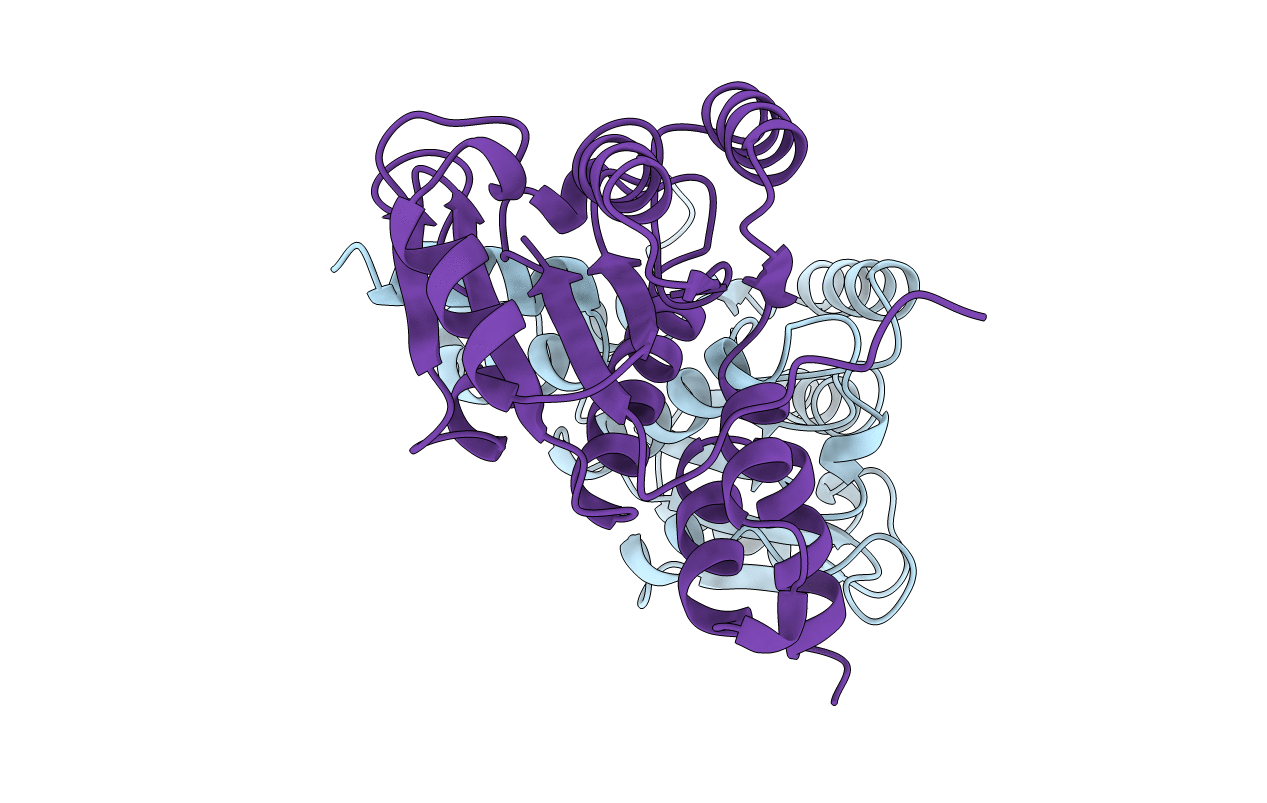
Deposition Date
1998-07-29
Release Date
1999-02-16
Last Version Date
2024-02-14
Entry Detail
PDB ID:
1YAC
Keywords:
Title:
THE 1.8 ANGSTROM CRYSTAL STRUCTURE OF THE YCAC GENE PRODUCT FROM ESCHERICHIA COLI REVEALS AN OCTAMERIC HYDROLASE OF UNKNOWN SPECIFICITY
Biological Source:
Source Organism:
Escherichia coli (Taxon ID: 562)
Method Details:
Experimental Method:
Resolution:
1.80 Å
R-Value Free:
0.19
R-Value Work:
0.17
R-Value Observed:
0.17
Space Group:
P 4 21 2


